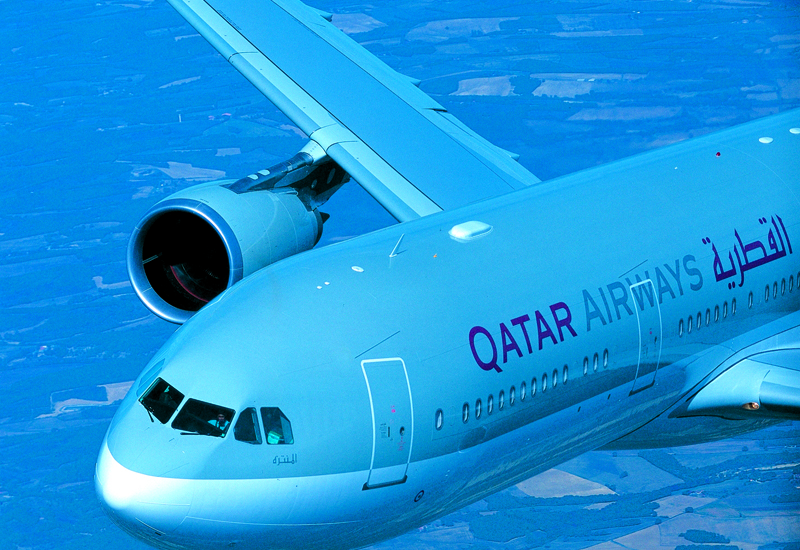
The four-day event is set to attract thousands of visitors who will be discussing sustainable solutions for today’s energy challenges. The fact that it will be taking place in an oil-rich country may be seen as extremely ironic or a sign of the times; it depends on which angle you choose to look at it from.
But going back to Qatar Airways. The airline told us it supports renewable energy solutions and it is the “first and only carrier in the world to fly a commercial passenger flight with Gas-to-Liquid (GTL) renewable fuel in October 2009.†The flight covered a journey between London and Doh (3,225 miles).
It added that a GTL fuel blend emits less lower carbon dioxide (CO2) “due to its reduced fuel burn, reduced soot and almost zero sulphur dioxide, improving the local air quality around busy airports.â€
The new fuel will eventually be produced at Pearl GLT, a Qatar Petroleum and Shell joint venture, which is the world’s largest GTL plant being built in Qatar. GLT fuel from Pearl GLT will be available to any airline in the world.
What exactly is GLT?
According to California’s Consumer Energy Center, Gas-to-Liquid (GTL) is a family of fuels “that can be produced from natural gas, coal and biomass using a Fischer-Tropsch chemical reaction process.â€
Several liquid products result from this process, including diesel, naphta and chemical feedstocks. In the case of diesel, it can be used on its own (‘neat’) or blended with existing fuels.
CEC says that one of its advantages is that it transporting gas in liquid form is more cost-effective and provide an opportunity to use “non-petroleum-based fuels in diesel engines without compromising fuel efficiency, increasing capital outlay, or impacting infrastructure costâ€.
Besides being sulfur-free, they GTL fuels are also free of aromatics and toxics. Demand for them is probably going to grow as more stringent diesel fuel standards are introduced.
In short, GLT fuels can help reduce emissions and offer a transitional solution until we can be fully powered with 100% green alternative energy. It’s not the perfect way to fly from a renewable energy standpoint, but if it helps to mitigate emissions, then it can be part of the solution.






Official airline. I had never heard of them.